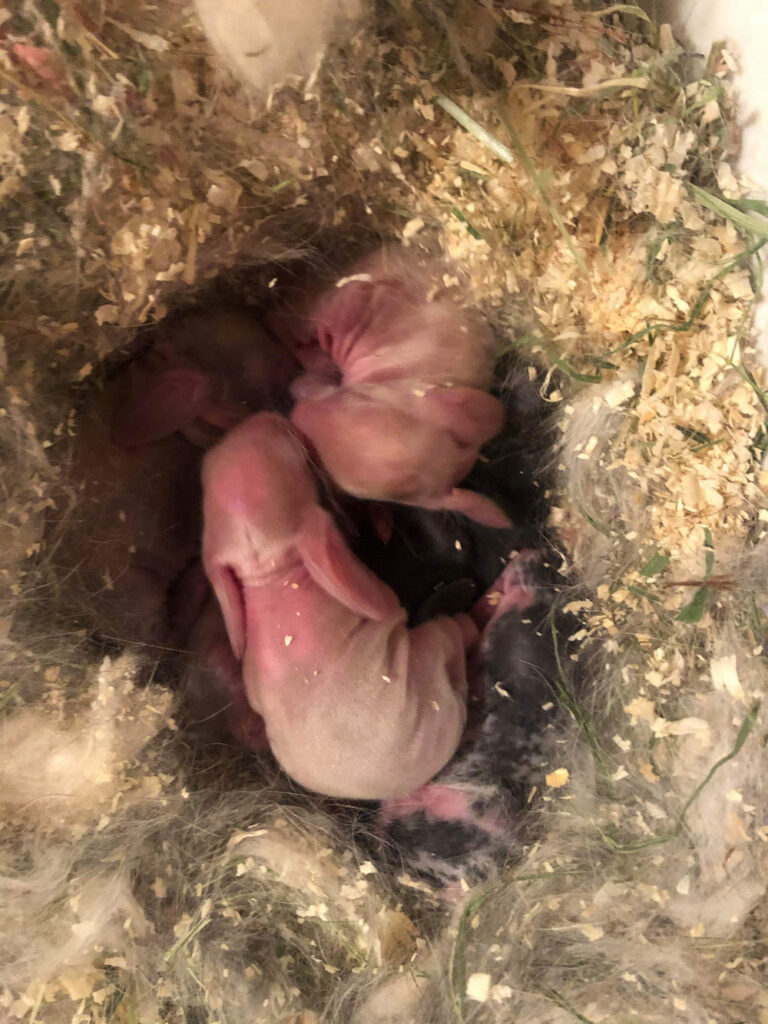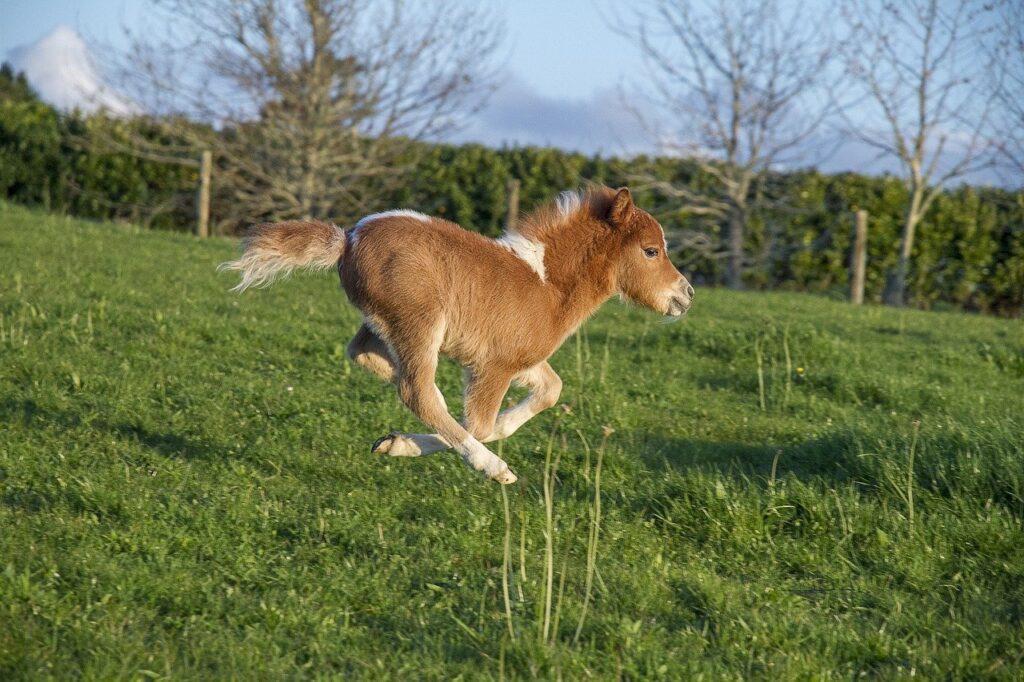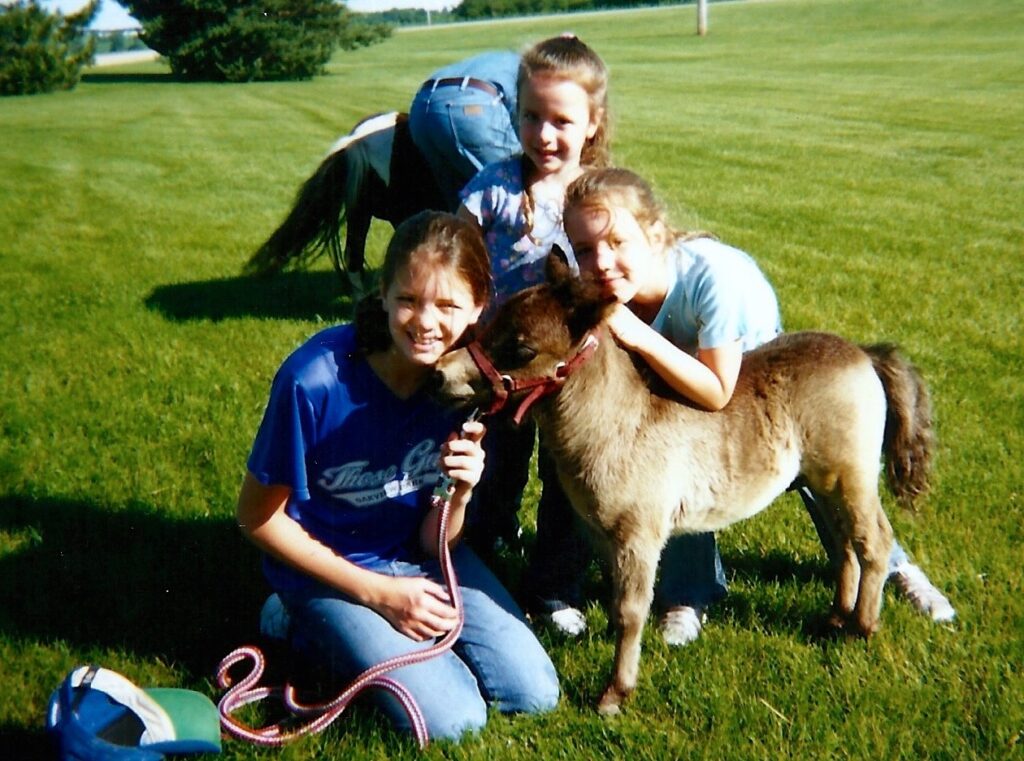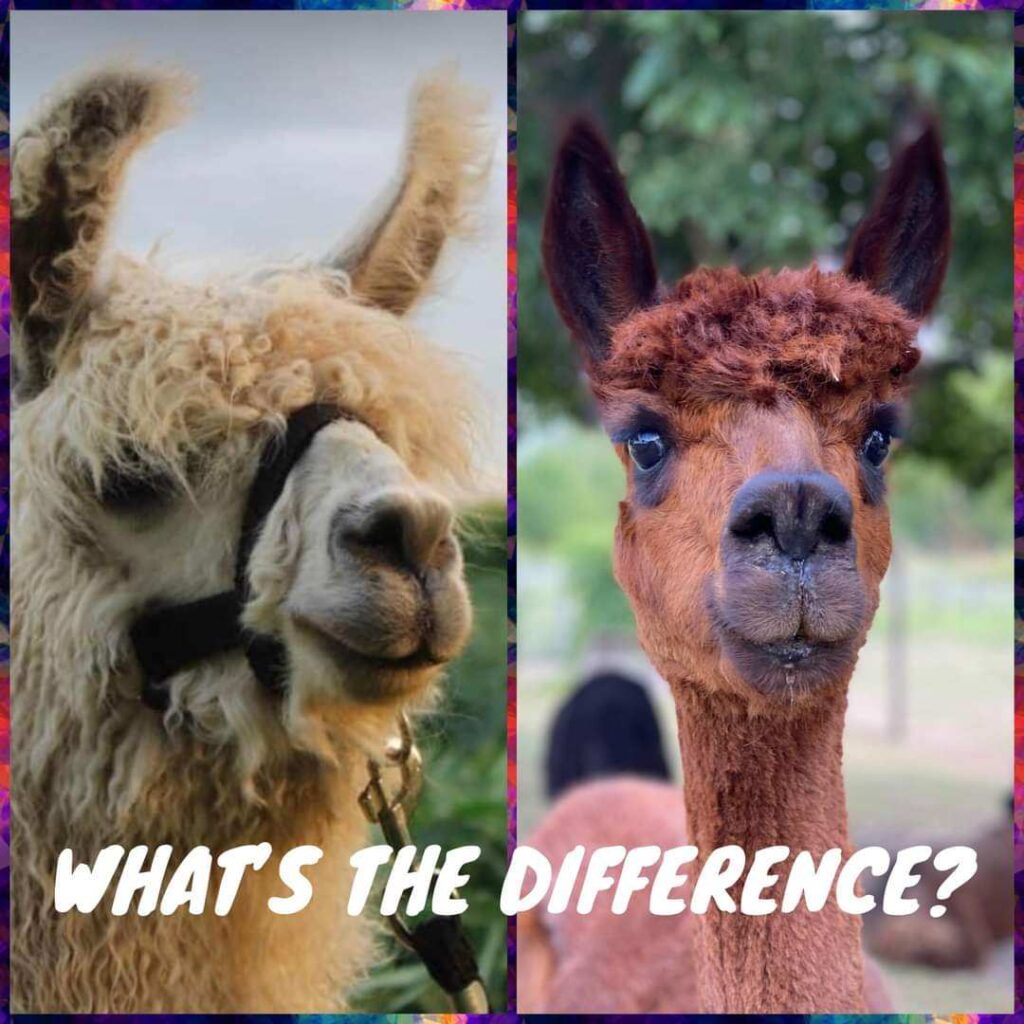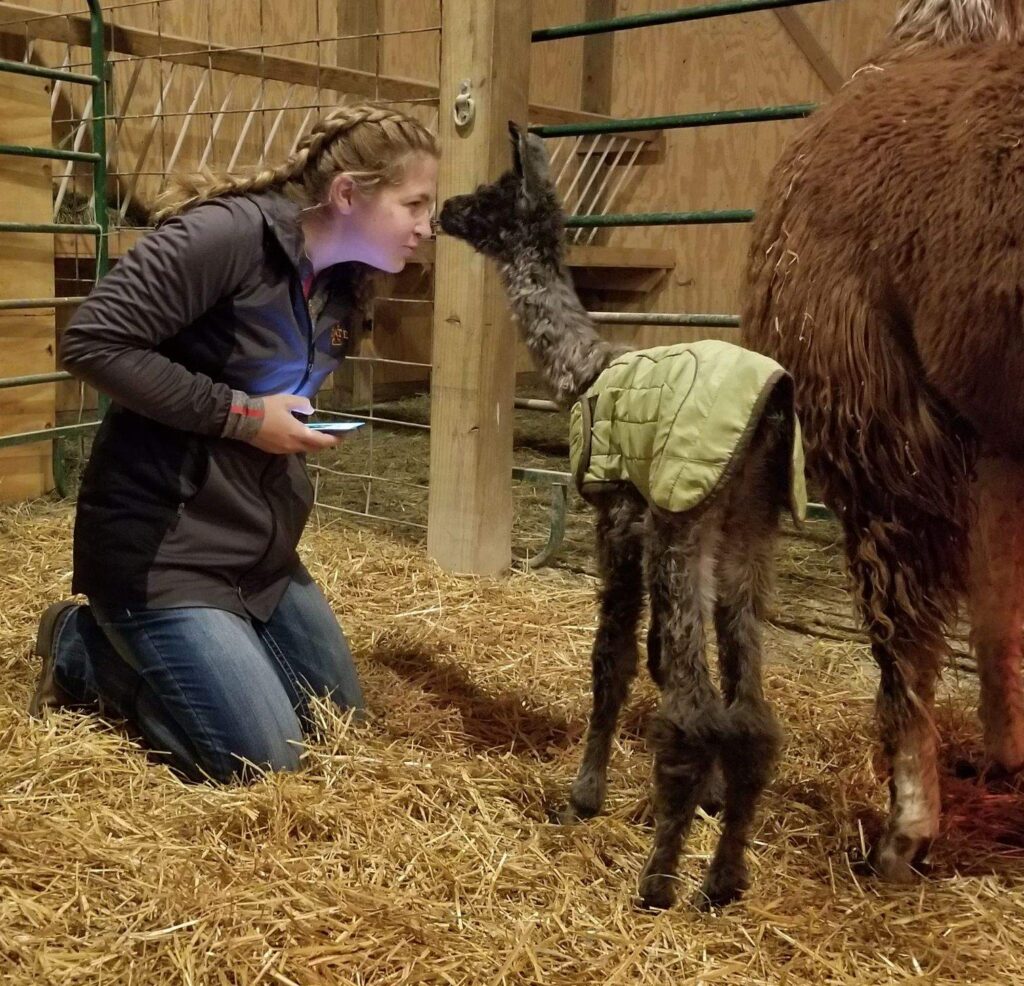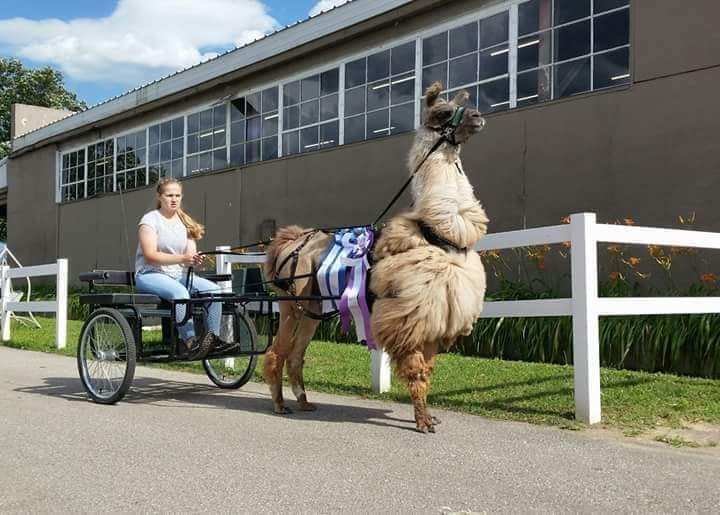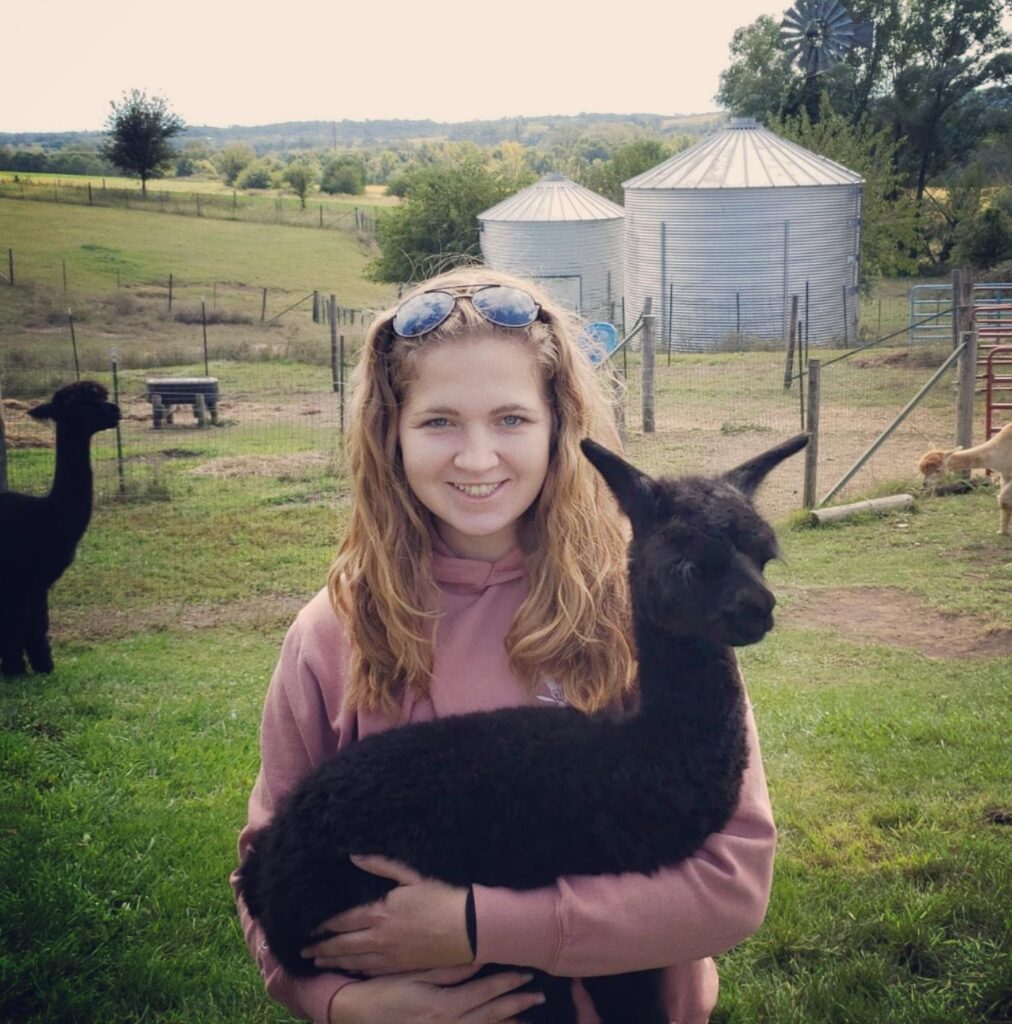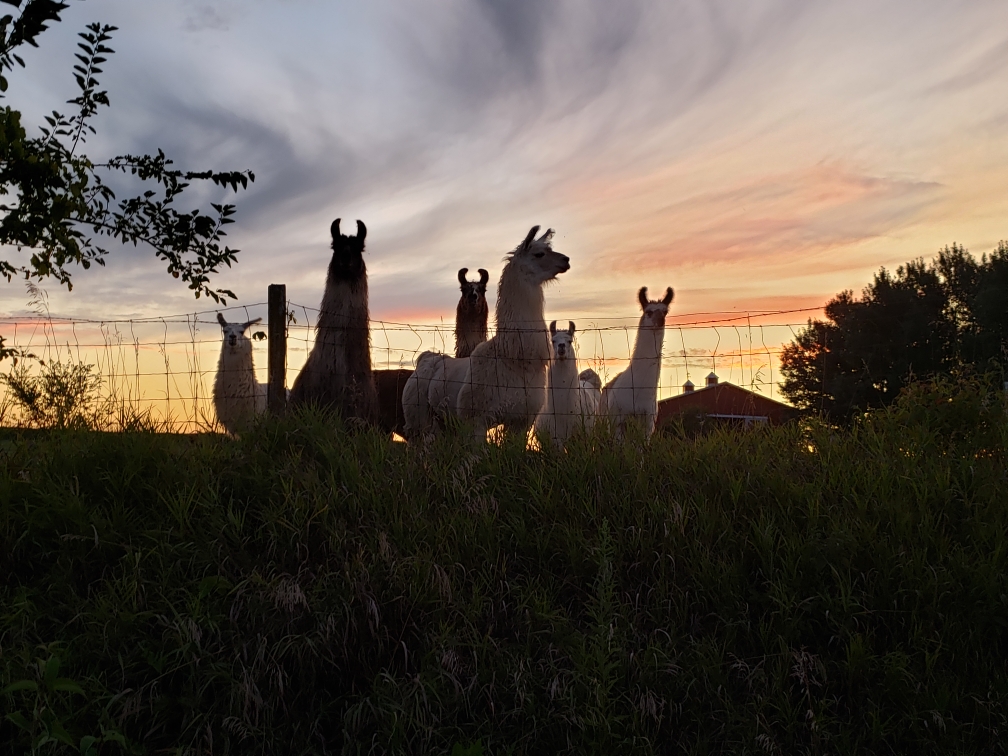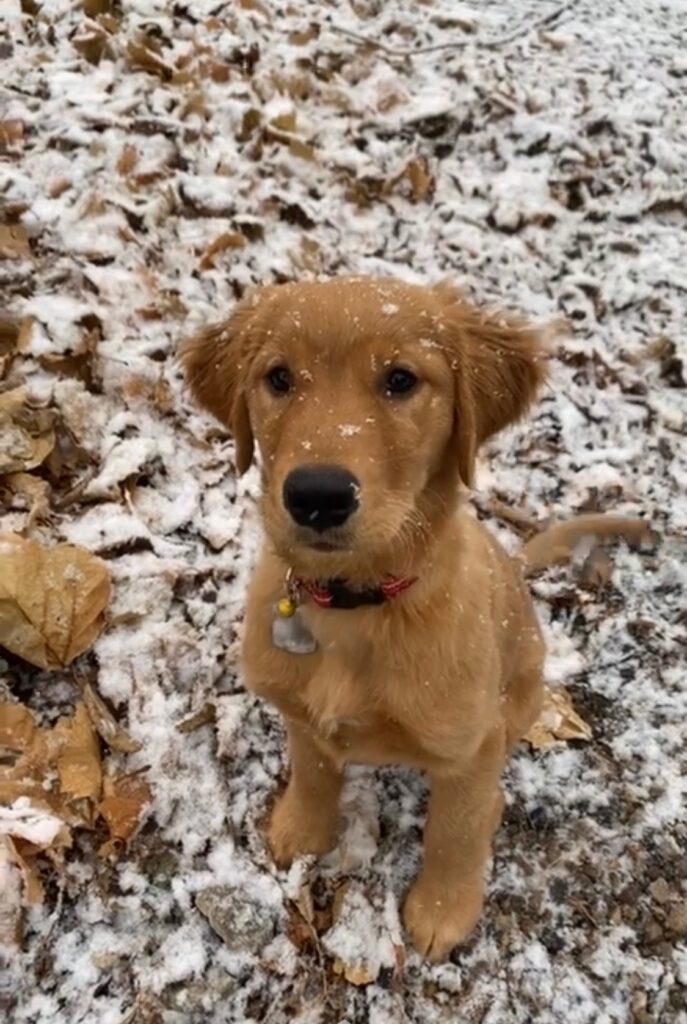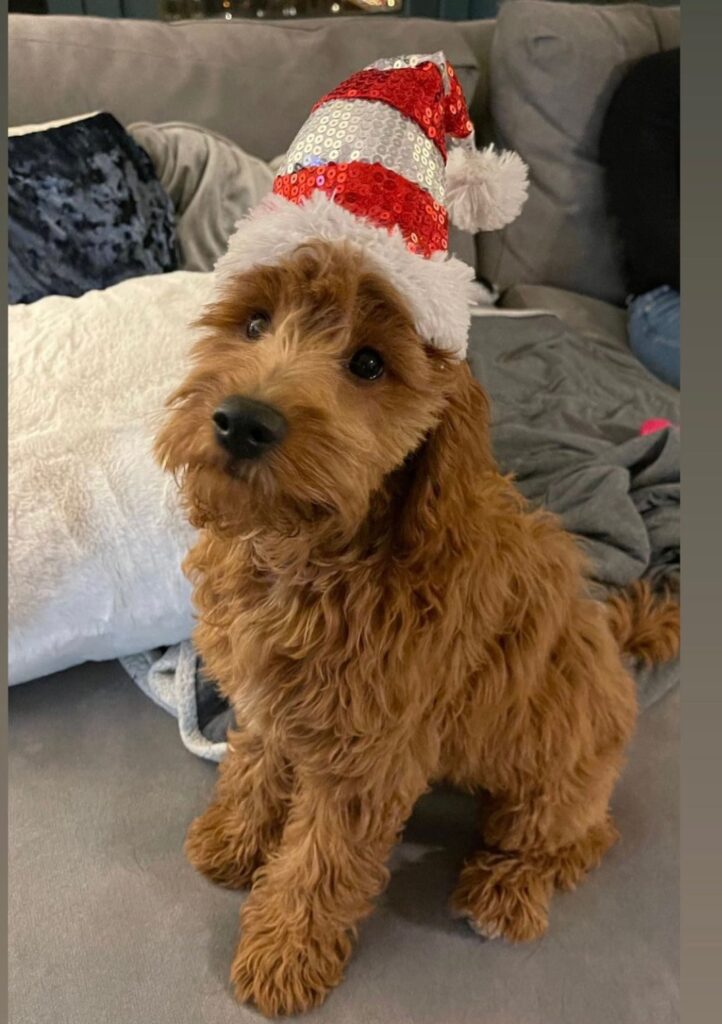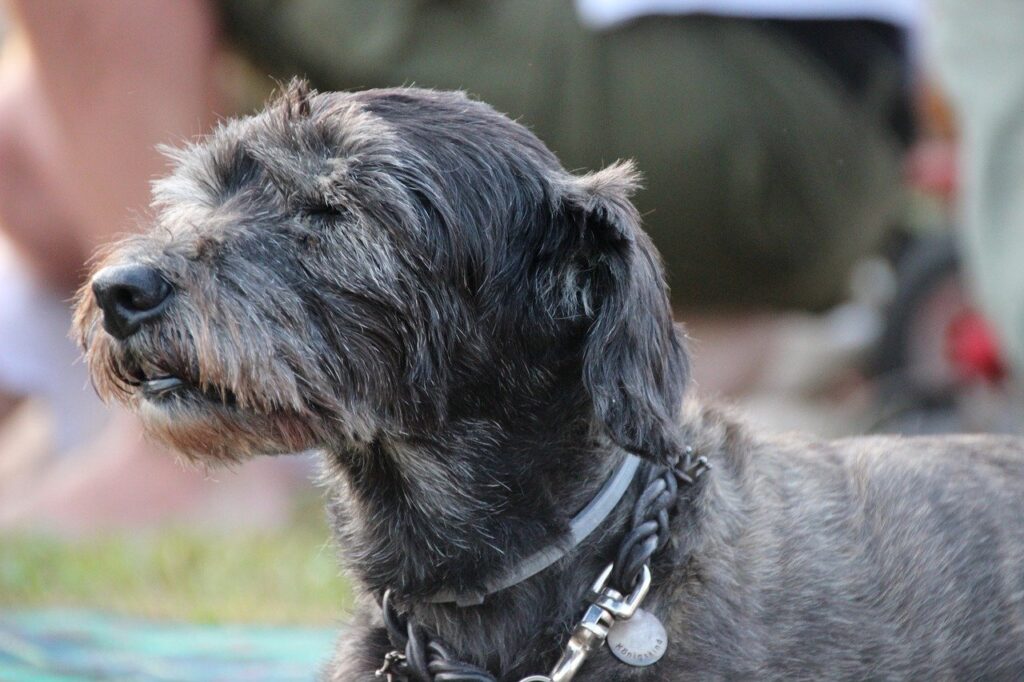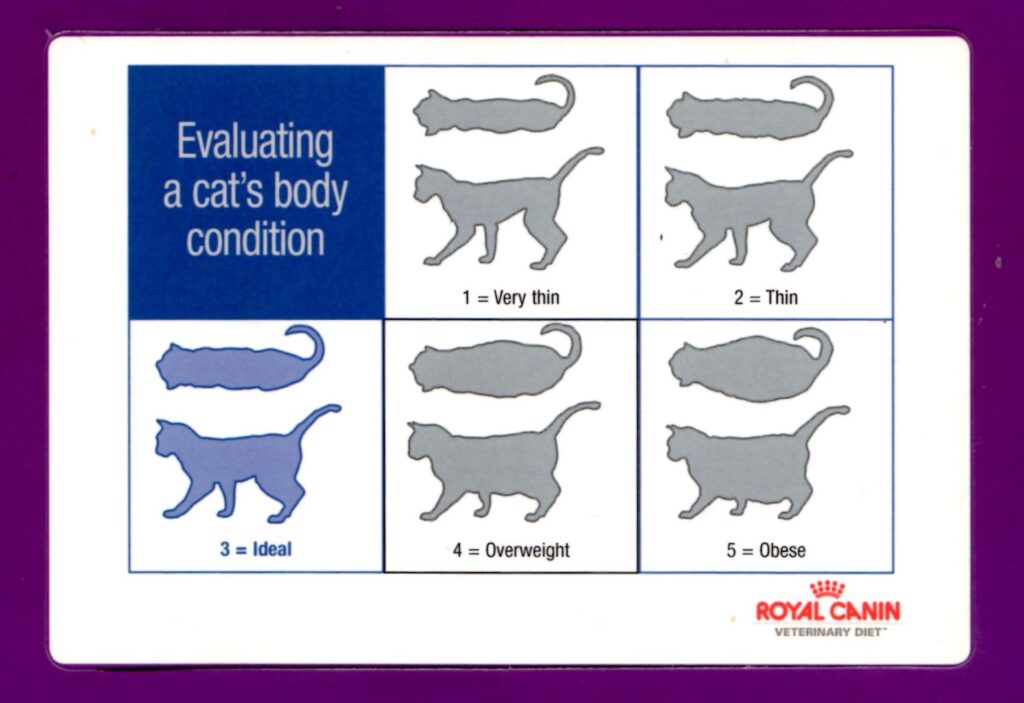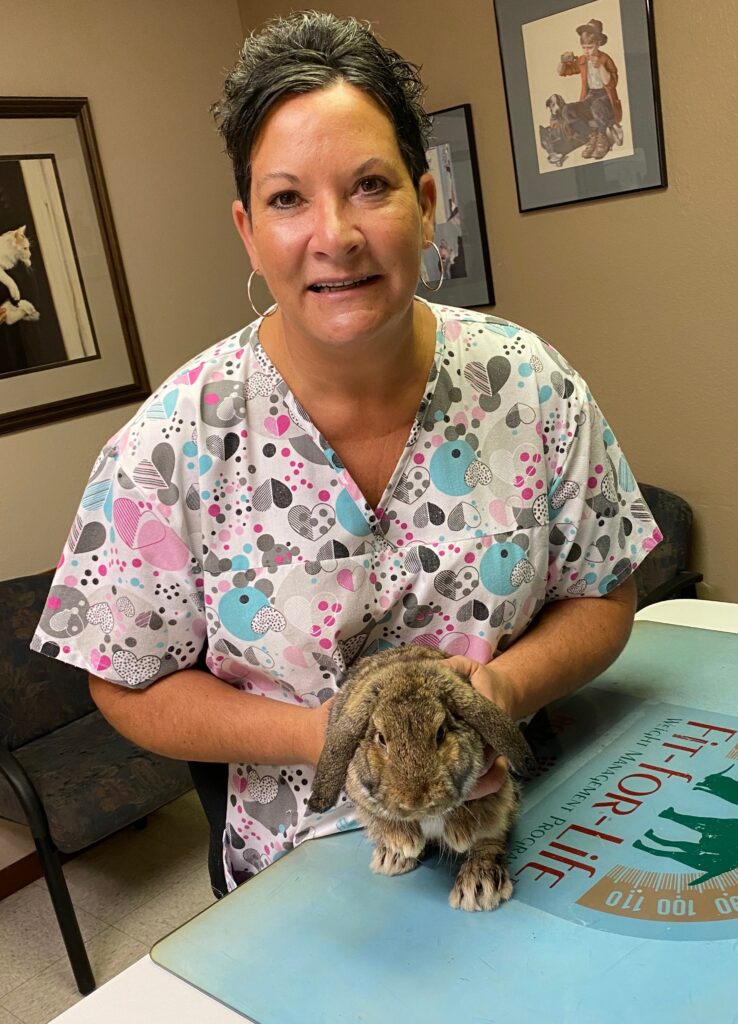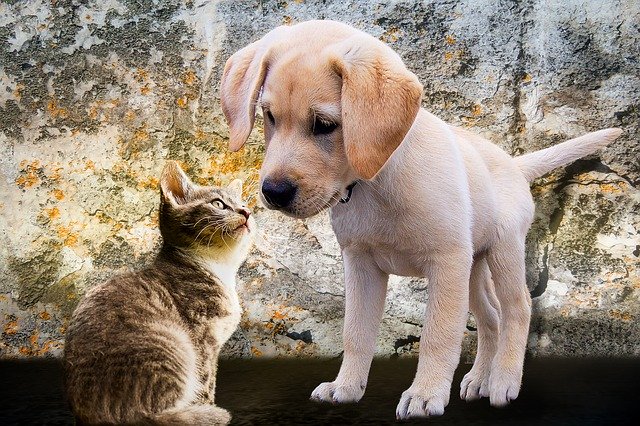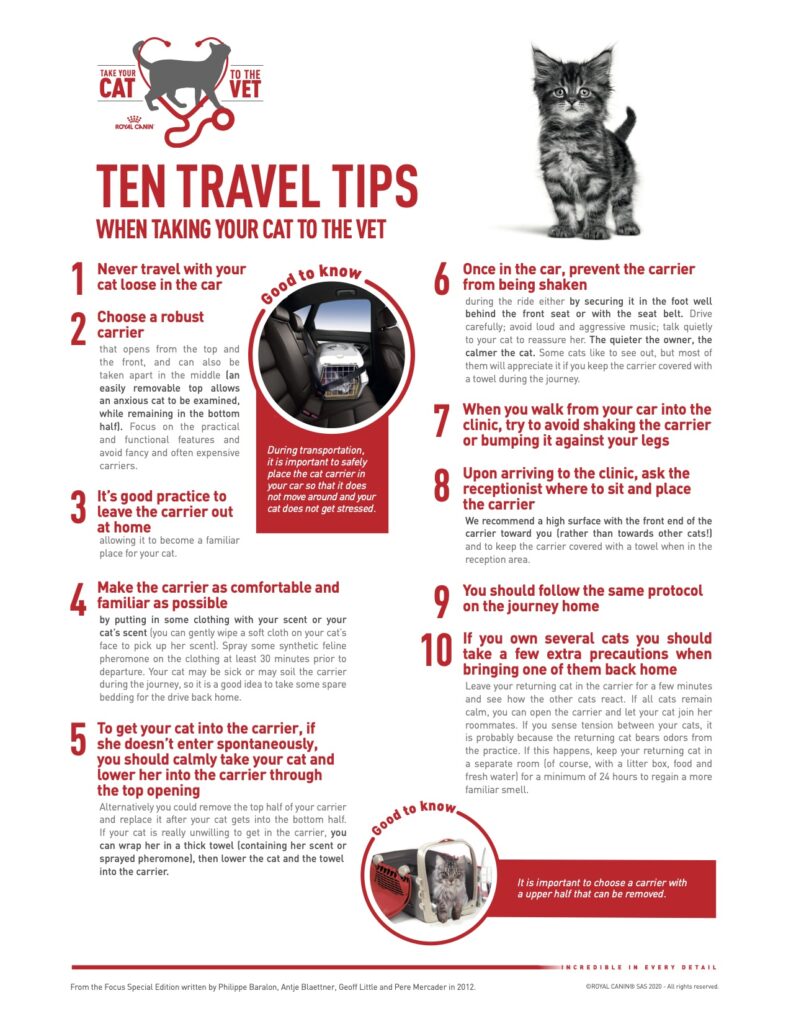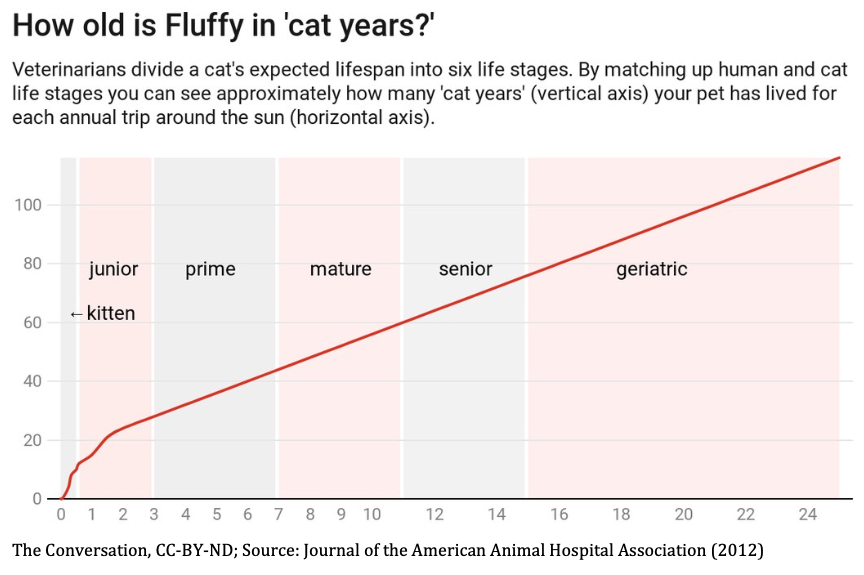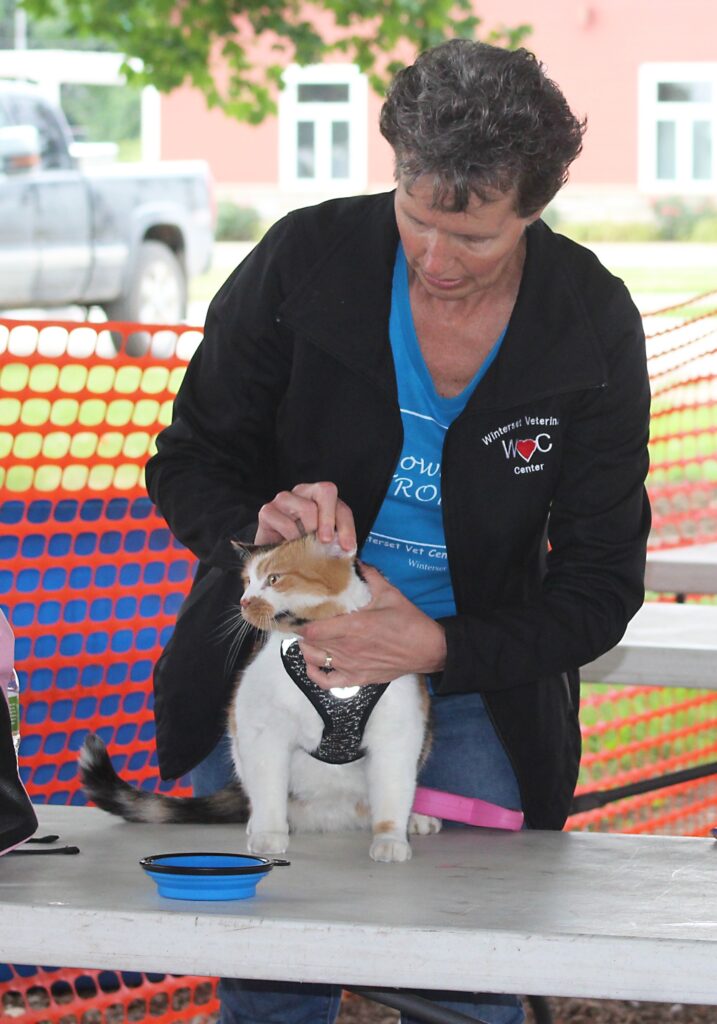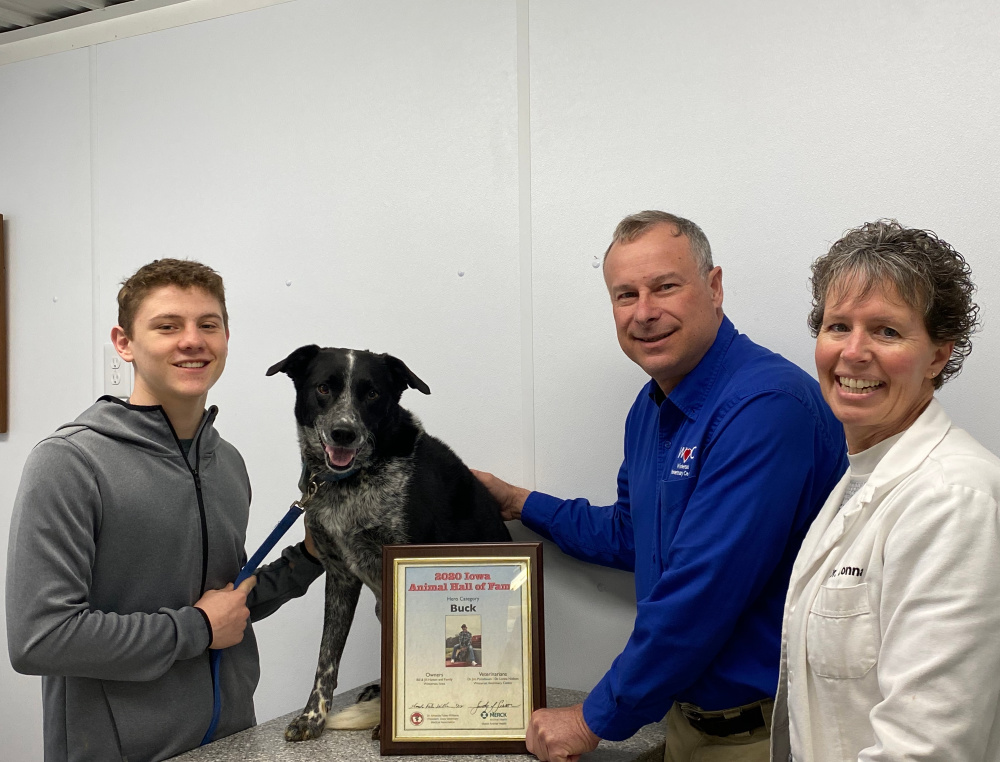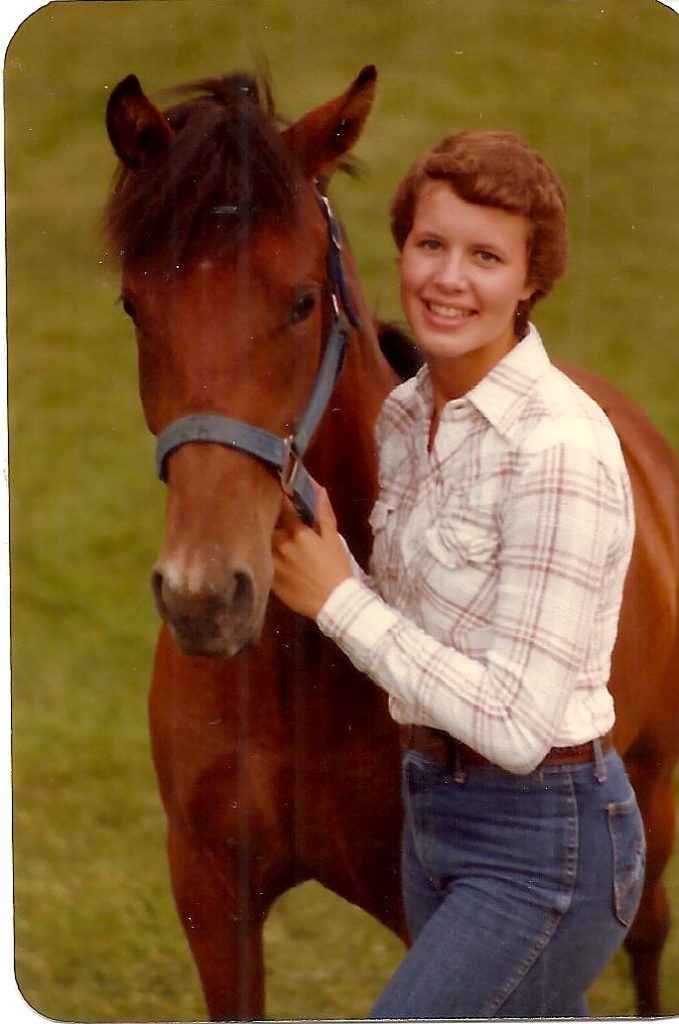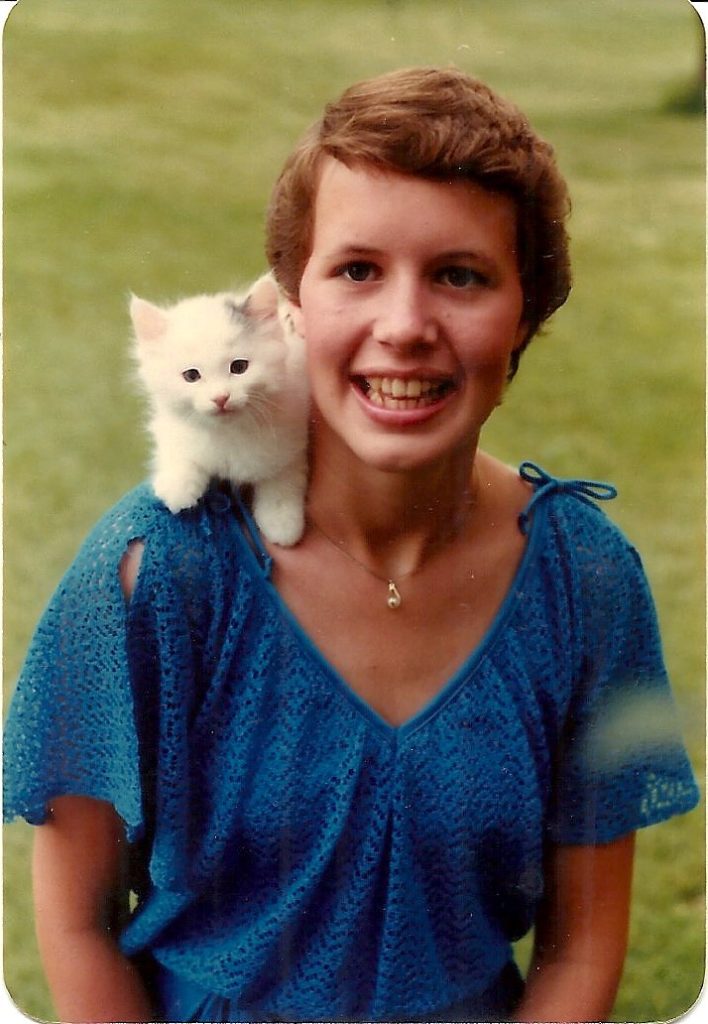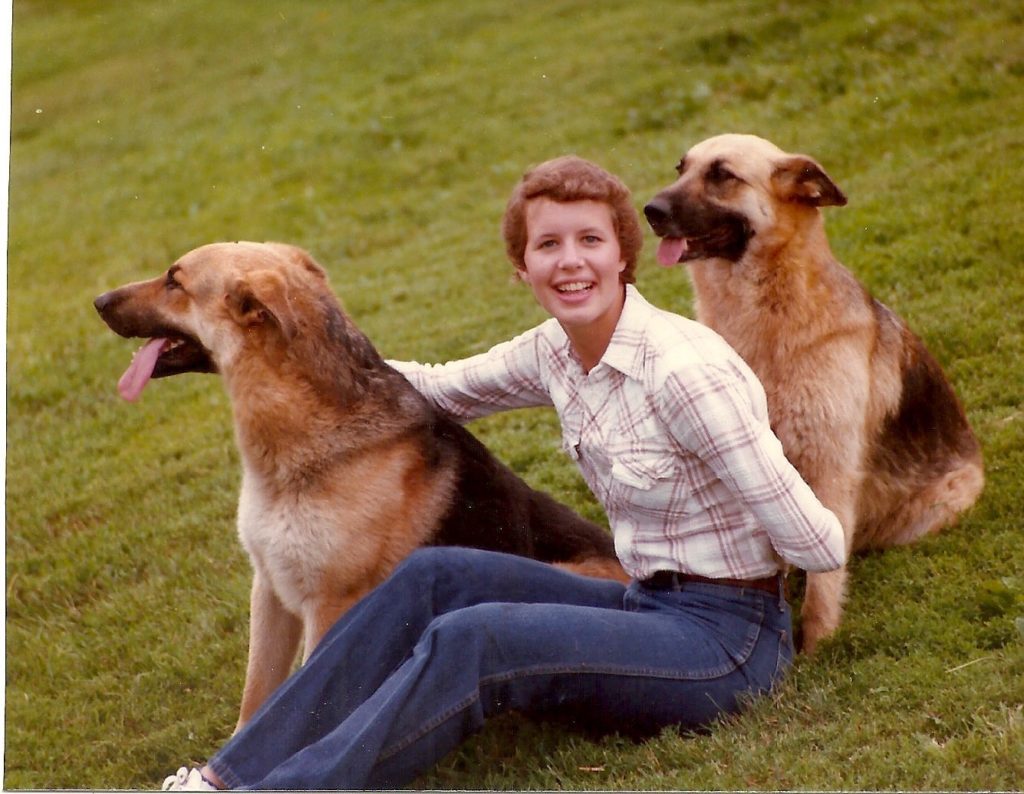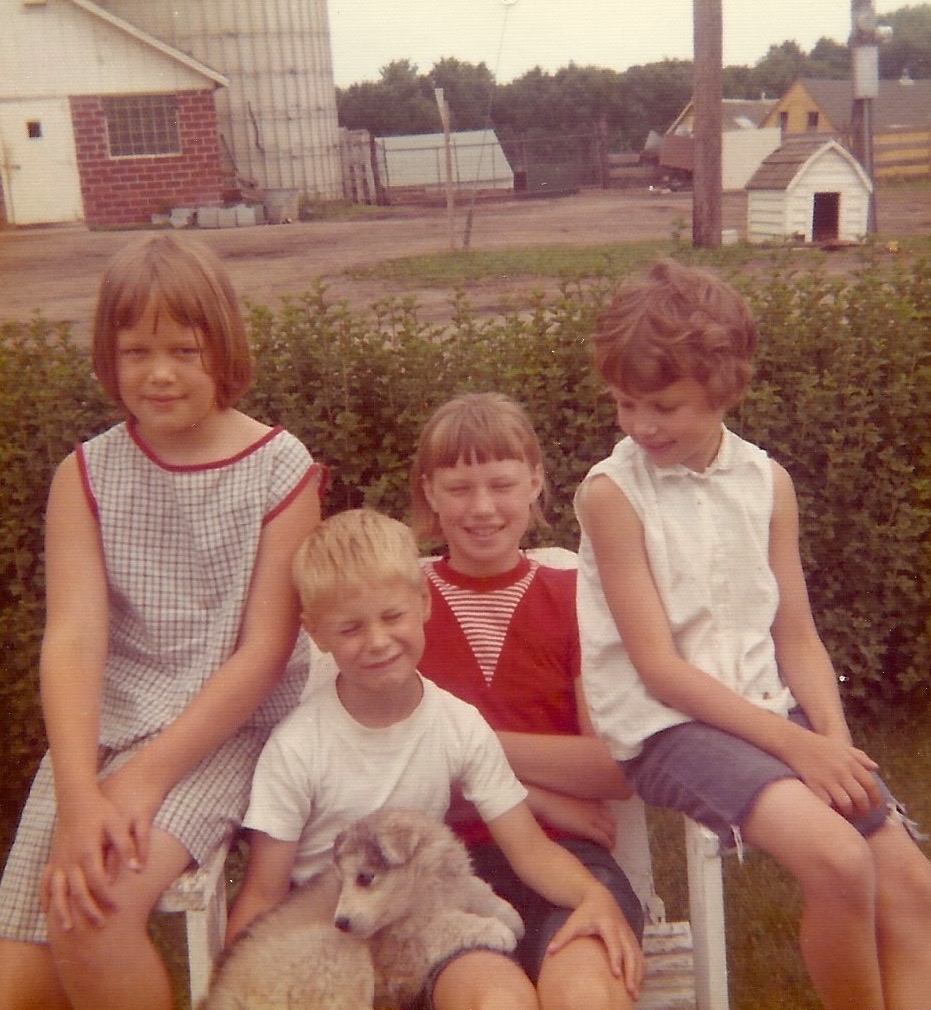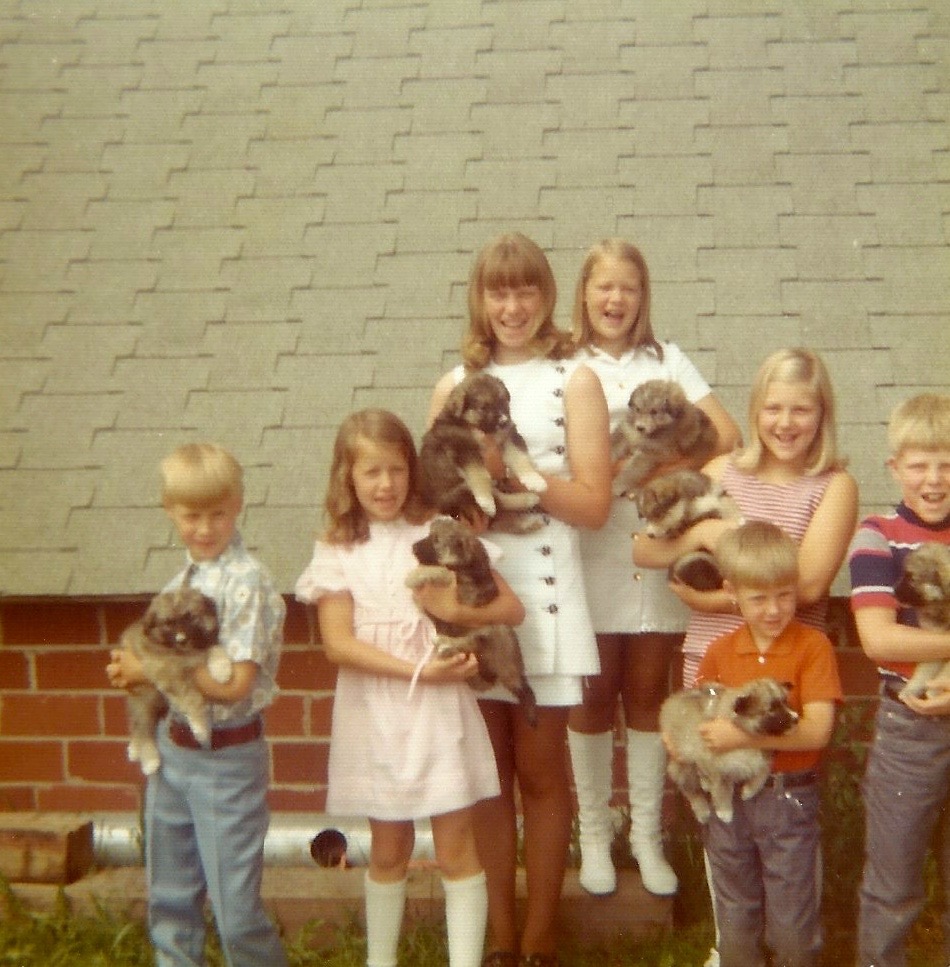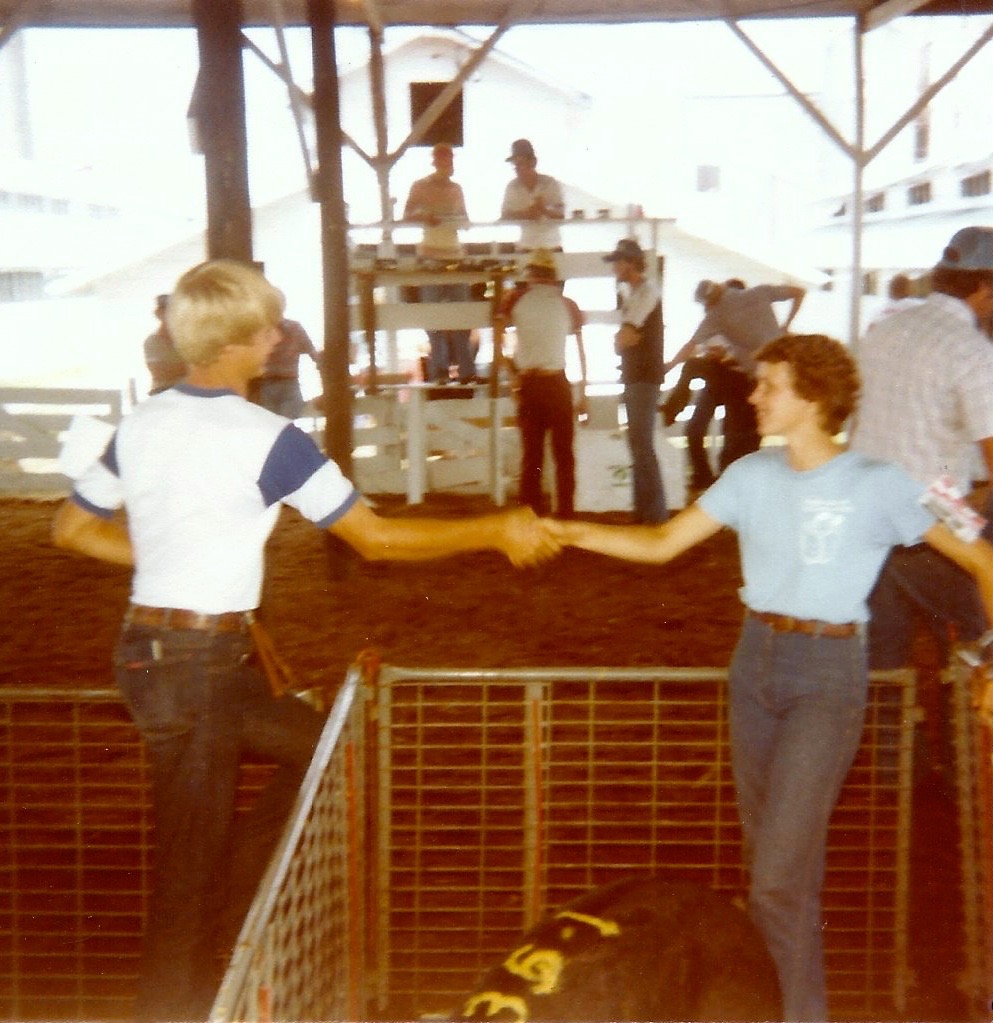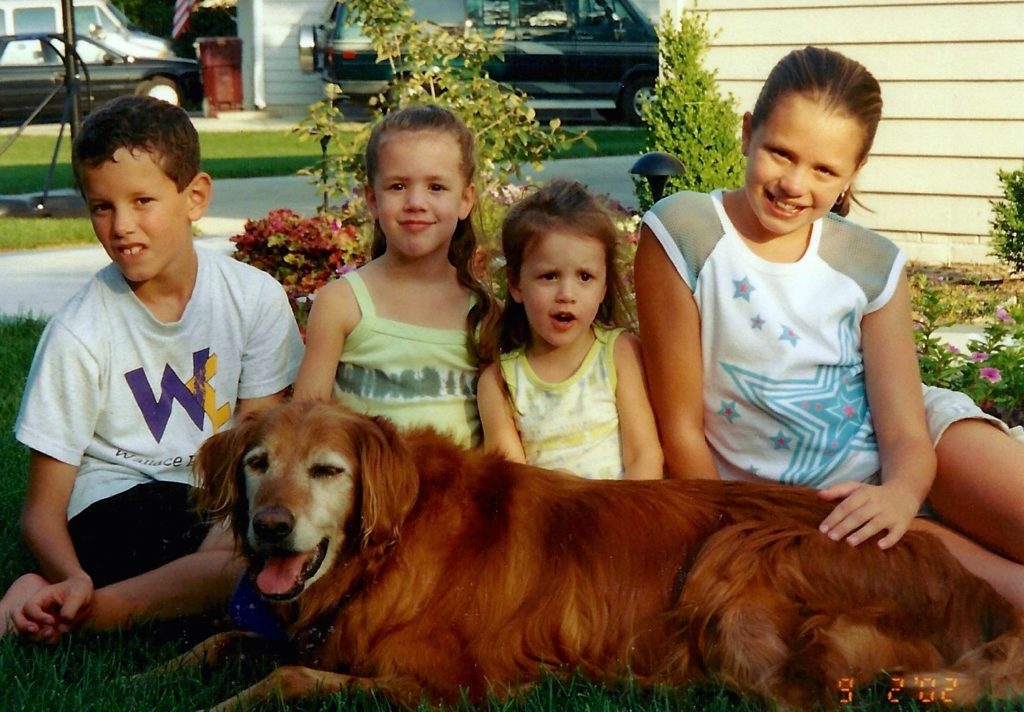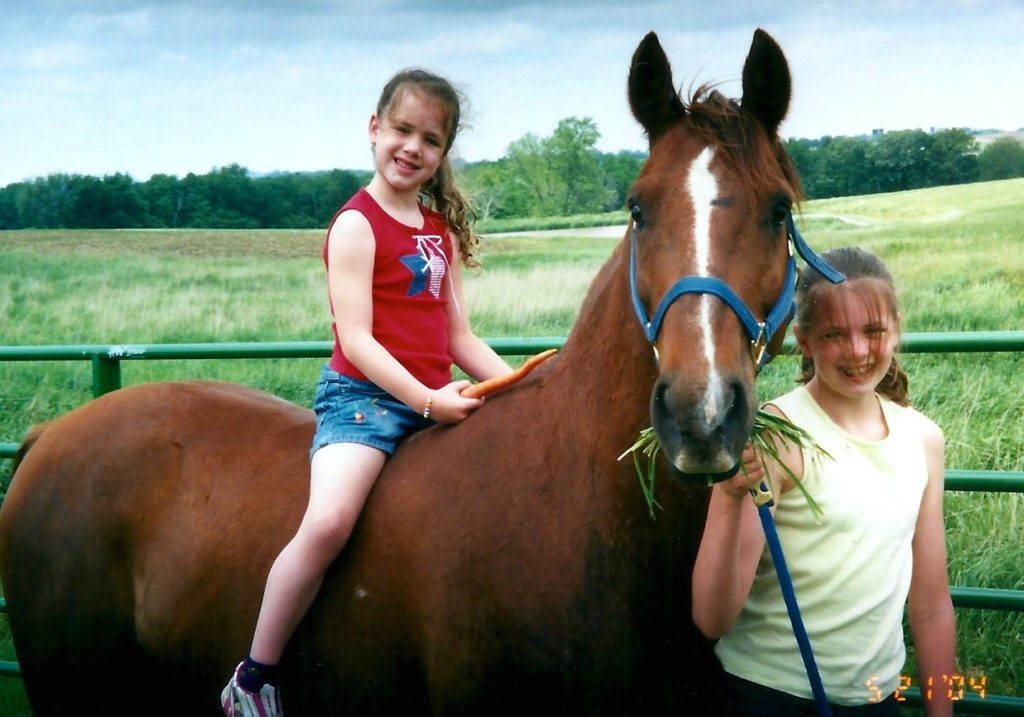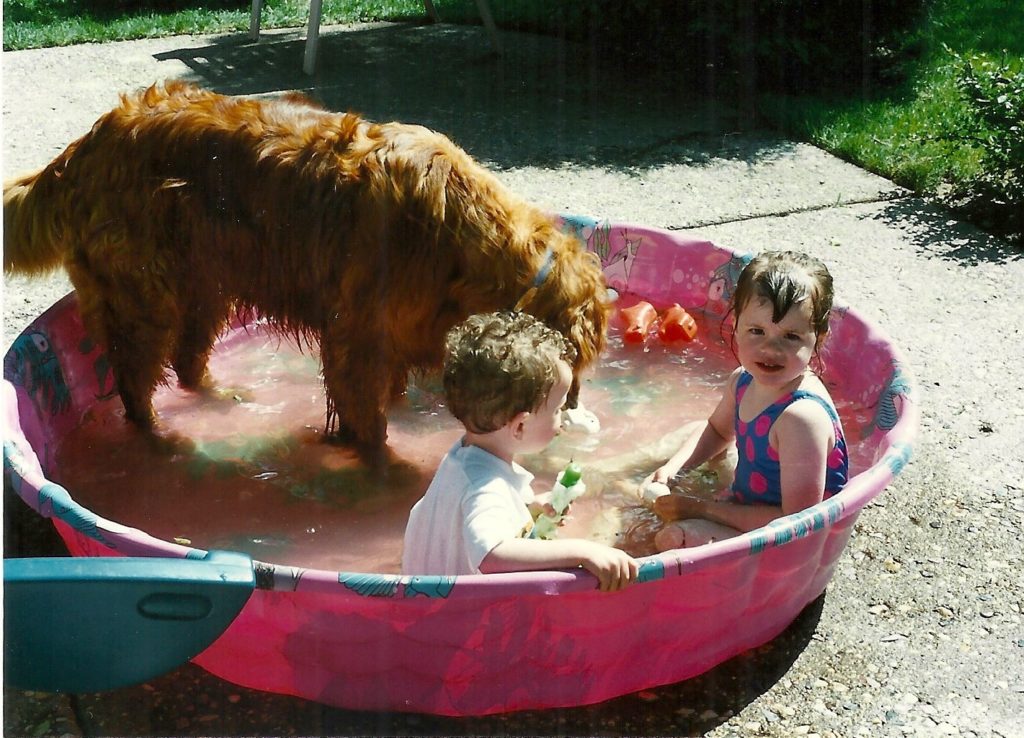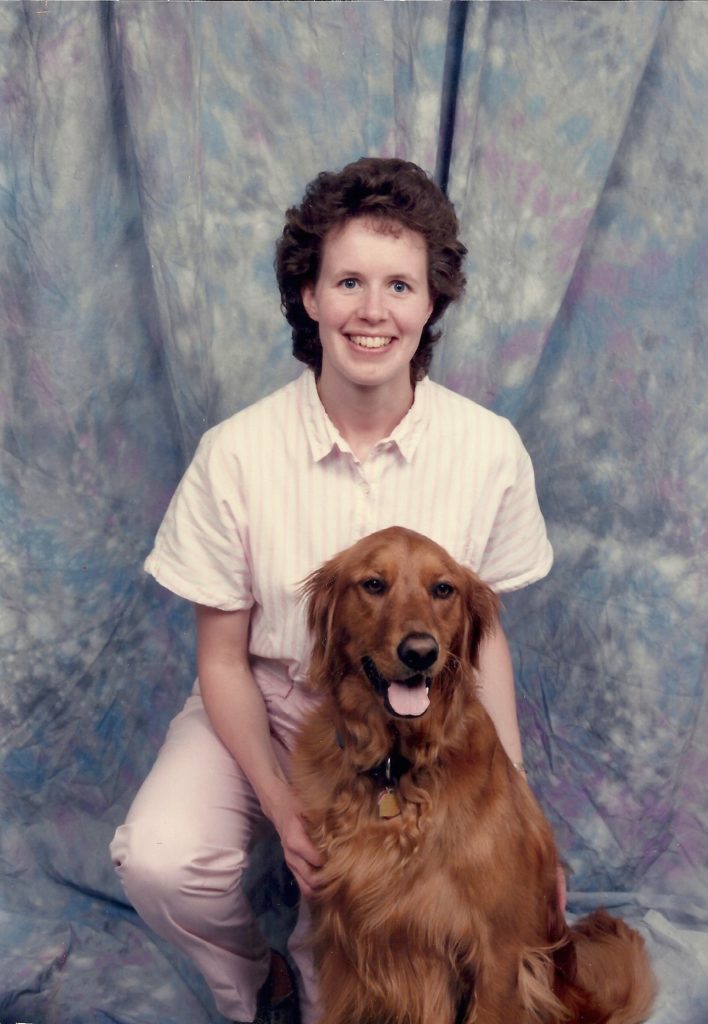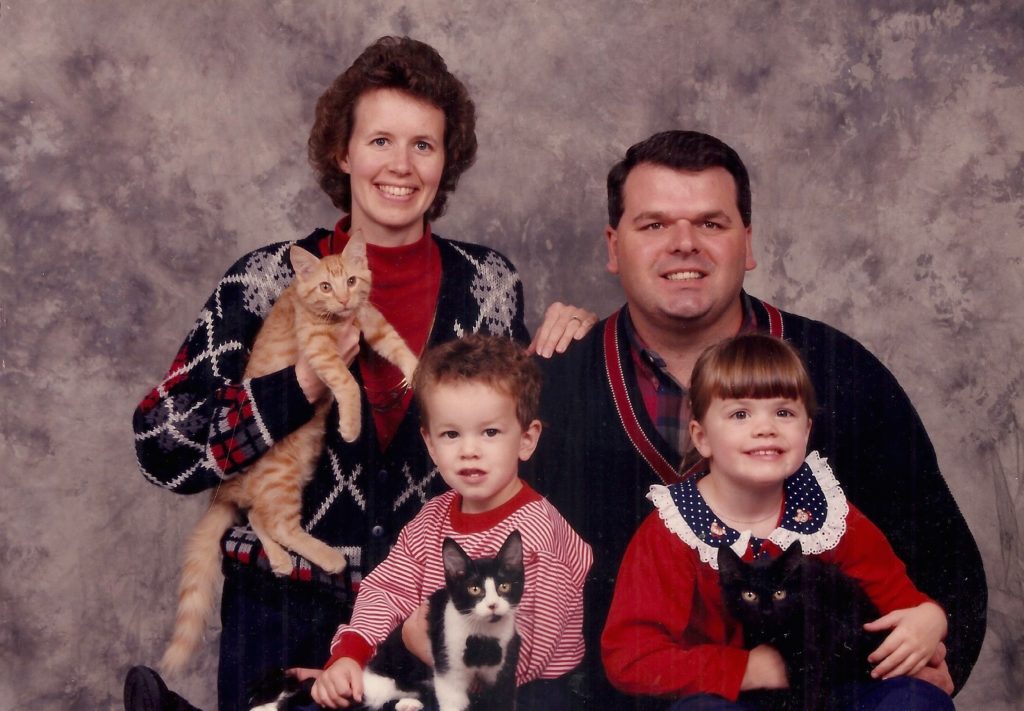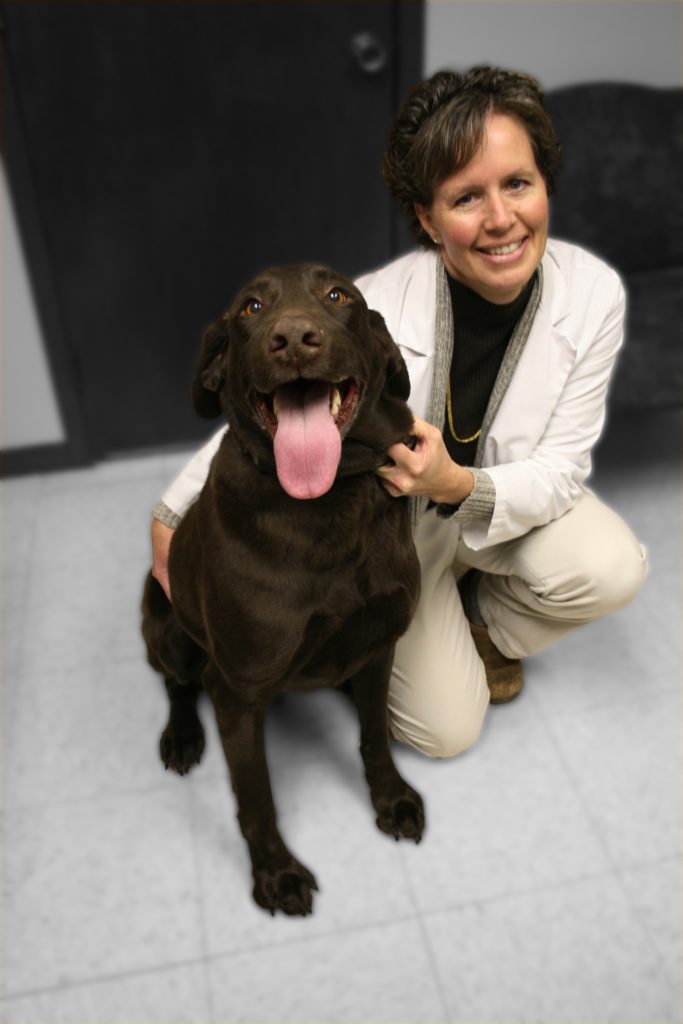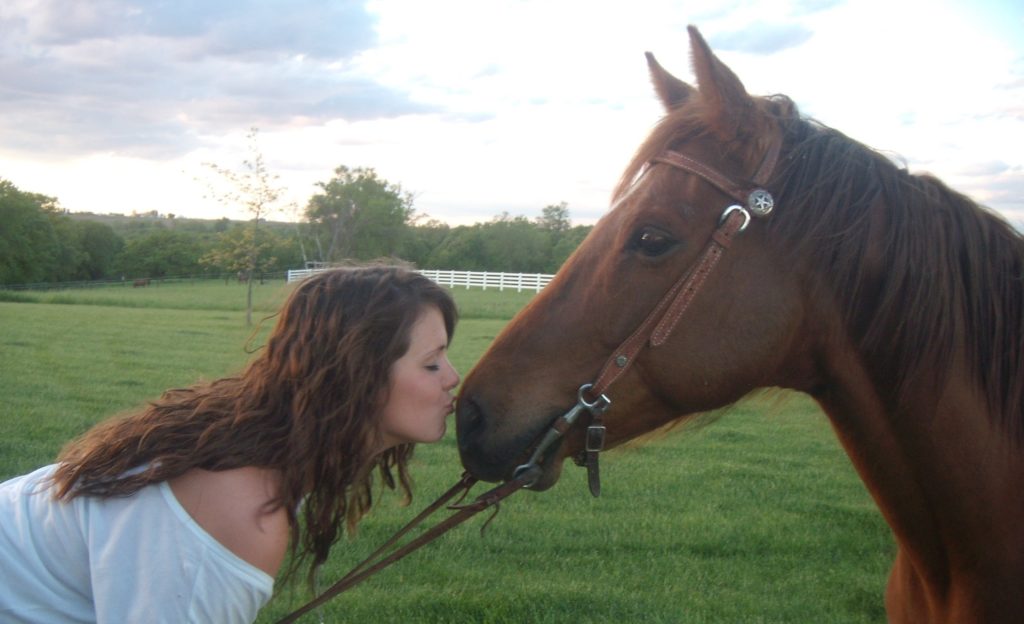Hello from Clanton Creek Rabbitry! We are a 4-H family involved in raising pedigreed English Lops, Holland Lops, and English Angoras for 4-Hers and rabbit enthusiasts here in Madison County. We have been raising rabbits for over 40 years, and enjoy learning about different breeds and new trends in the care of rabbits.
If you are thinking about adding a pet to your family this spring, why not consider a rabbit? Rabbits are easy to care for and come in many sizes, colors, and fur types. They can be kept indoors or outside, and are usually easy to litter train. Rabbits can coexist happily with other pets (ours live with dogs and guinea pigs), and can be taught to do tricks.
The diet of a healthy rabbit includes good quality rabbit pellets, plenty of timothy hay, and fresh water. Our rabbits also enjoy treats such as apple, carrot, and pineapple chunks, raw spinach and kale, and blueberries or strawberries. We make a homemade “bunny booster” to add to their daily feed ration that includes old-fashioned oats, black oil sunflower seeds, and calf manna. This combination promotes a shiny coat and a healthy digestive tract.
We breed our pedigreed does once a year in the spring after they reach one year of age, but it is possible to rebreed does every 12 weeks year round if their body condition remains good.. We have found that many does need multiple tries at motherhood before they become comfortable with it. Hormonal changes can sometimes make does moody, so care must be taken in handling them during breeding season, gestation, and for the first few days after giving birth.
Baby rabbits are called “kits”, and are born nearly hairless and blind. Smaller rabbit breeds usually have 2-4 kits, but larger breeds (such as our English Lops) can frequently have 10-12 kits. The kits grow rapidly; they are usually covered in soft baby fur by day 3, eyes open on day 10, and eating rabbit pellets at 2 weeks old. Our kits stay with their mothers until they are at least 9 weeks old, although the does usually wean them between 5 and 7 weeks. Siblings stay together until they are are 4 months old, and then we separate the genders to avoid accidental inbreeding.
We would encourage anyone considering adding a rabbit to their family to research different breeds, sizes, and fur types. For example, our Holland Lops are small (3-5 lbs) with gentle personalities, while our English Lops are large (10-15 lbs) with quirky, mischievous attitudes. Our English Angoras are laid-back and easy to handle, but their long wool coats require frequent maintenance. Currently, many of our local 4-H exhibitors enjoy Rex rabbits (Standard or Mini) for their super-soft fur and endless variety of colors and patterns.
During the Madison County Fair, you will find 4-Hers exhibiting their rabbits in either a 4-class or 6-class format. Fancy rabbits are divided by age into junior does and junior bucks (10 weeks to six months old), or senior does and senior bucks (six months and older) and compete against other rabbits in their breed class. Commercial (meat) rabbits are grouped similarly with the addition of an intermediate class for 6-9 month old animals. This year we are also adding a “pet rabbit” class for rabbits that have been spayed or neutered.
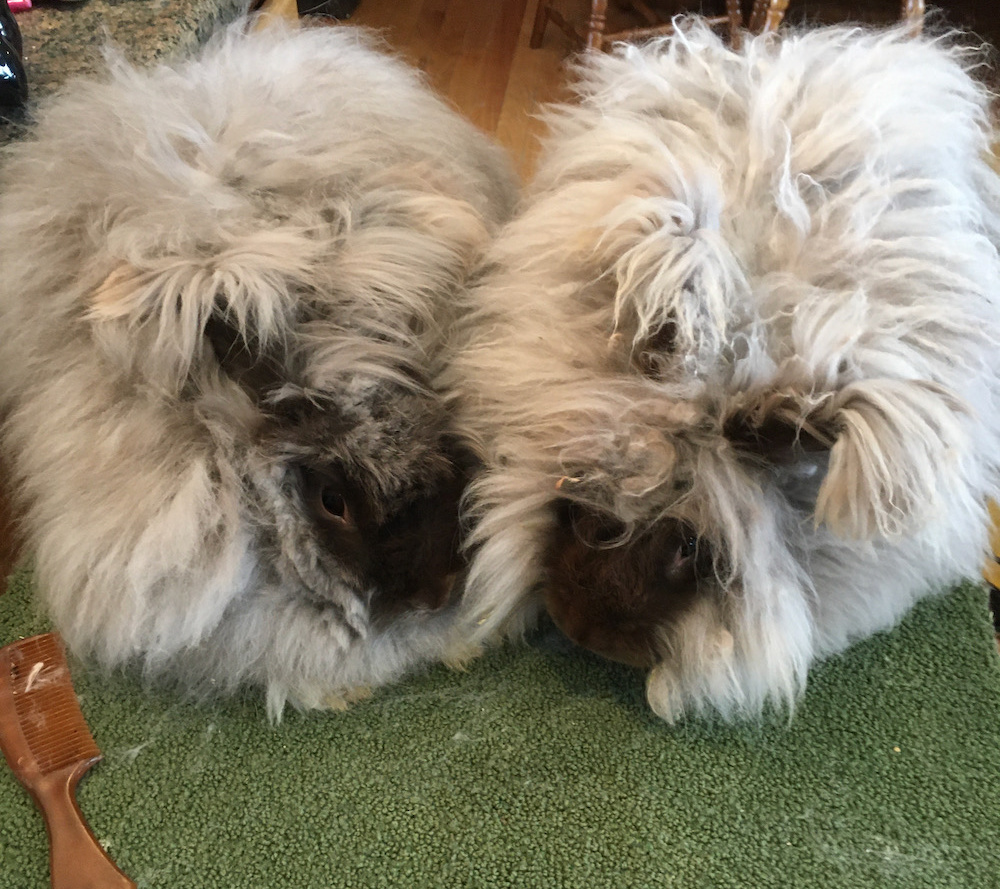
English Angoras 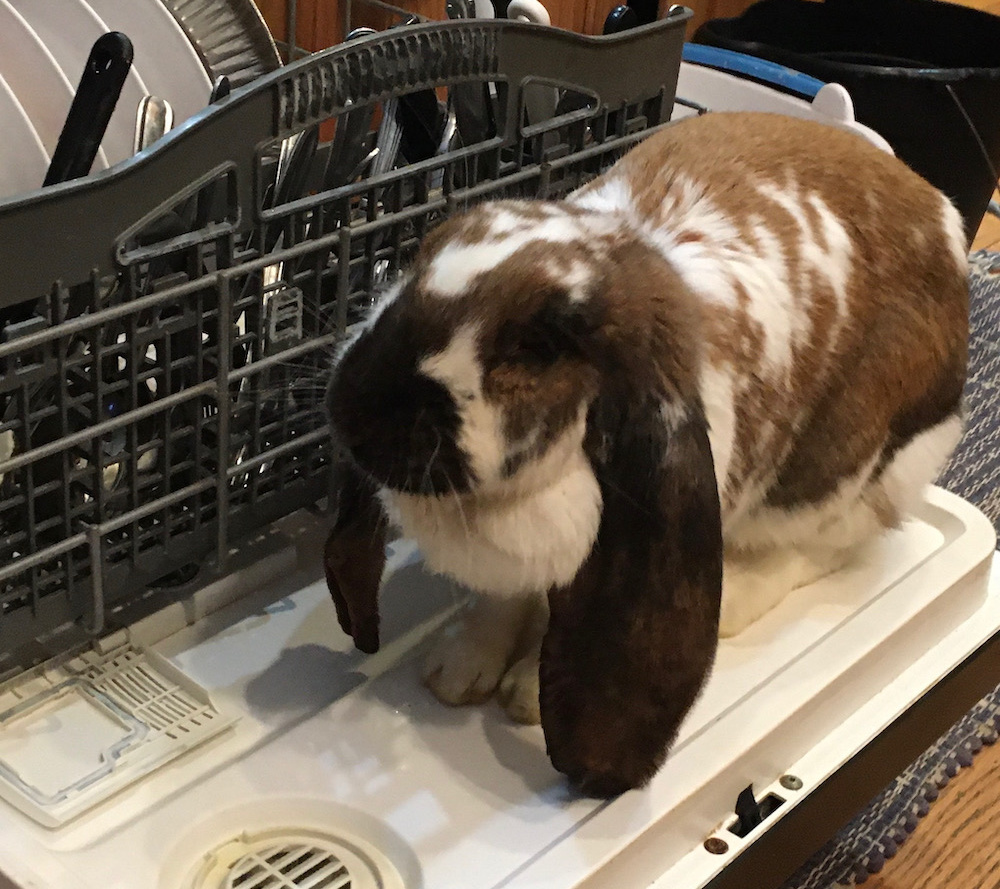
English Lop 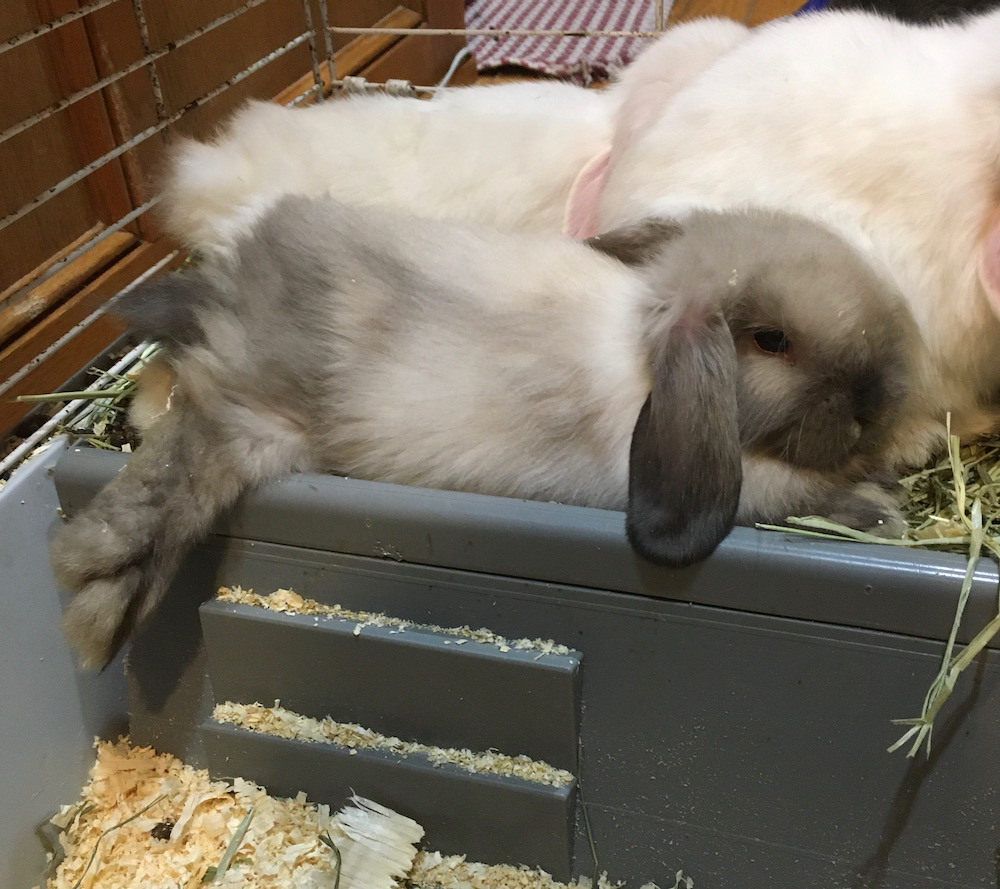
Holland Lops
Rabbits are hardy creatures and require minimal preventative care to keep them healthy. We worm our rabbits seasonally with liquid wormer, and watch for excessive scratching, which can indicate mites. The occasional runny nose or chest congestion (called “snuffles”) is easily treated with oral antibiotics. Their toenails can be trimmed with common fingernail clippers.
Rabbits can thrive in colder weather as long as they have a dry, draft-free environment, and can be comfortable in warmer temperatures with fans, frozen treats, and plenty of fresh water.
In conclusion, here is some rabbit trivia! Did you know that rabbits can growl? Many of my smaller rabbits (especially does) make a grunting noise deep in their throats that sounds like a growl. It can occur when they are happy, hungry, or feel threatened.
We hope you have enjoyed reading about some of the things we have learned about rabbit-keeping over the years. Thank you!
Heather Jamison and Marshall Eddleman
Clanton Creek Rabbitry, Winterset Iowa
